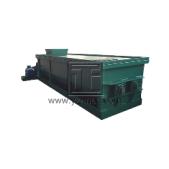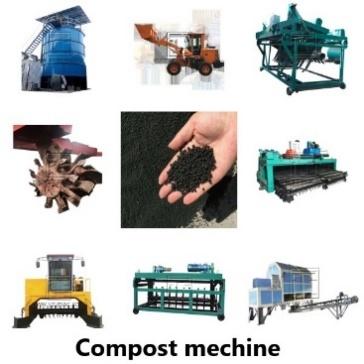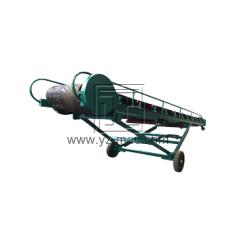Graphite grain pelletizing technology
Graphite grain pelletizing technology involves the process of converting graphite grains into compacted and uniform pellets. This technology typically includes several steps to achieve the desired pellet form. Here is a general overview of graphite grain pelletizing technology:
1. Preparation of Graphite Grain: The first step is to prepare the graphite grains by ensuring they are of suitable size and quality. This may involve grinding, crushing, or milling larger graphite particles into smaller grains.
2. Mixing/Additives: In some cases, additives or binding agents may be added to the graphite grains to improve pellet formation and stability. These additives can enhance the cohesion and strength of the pellets during the pelletizing process.
3. Pelletizing Process: There are various techniques used for graphite grain pelletizing. Two common methods are:
a. Compression Pelletizing: This method involves applying pressure to the graphite grains using a pelletizing machine or press. The pressure compacts the grains, causing them to adhere and form pellets of the desired shape and size.
b. Extrusion Pelletizing: Extrusion involves forcing the graphite grain mixture through a die or mold under high pressure. This process shapes the graphite grains into continuous strands or pellets as they pass through the die.
4. Drying and Curing: After pellet formation, the graphite pellets may undergo a drying and curing process to remove any excess moisture and enhance their strength and stability. This step ensures that the pellets are durable and suitable for further processing or applications.
5. Quality Control: Throughout the pelletizing process, quality control measures are implemented to ensure the final graphite pellets meet the desired specifications. This may include testing for size, density, strength, and other relevant parameters.
Graphite grain pelletizing technology may vary depending on the specific requirements and applications. The choice of equipment and process parameters will depend on factors such as pellet size, production capacity, desired pellet properties, and cost considerations. Advanced technologies, such as binderless pelletization, may also be employed to eliminate the need for binding agents in the pelletizing process.
It’s important to note that the detailed technical aspects of graphite grain pelletizing technology may require further research or consultation with experts in the field to fully understand and implement the process effectively.
https://www.yz-mac.com/roll-extrusion-compound-fertilizer-granulator-product/







